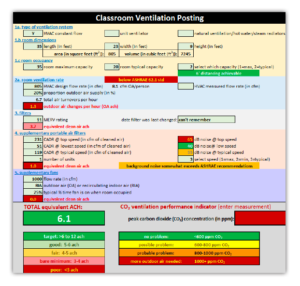What Is Hand-Arm Vibration Syndrome (HAVS)?
Hand-arm vibration is the transfer of vibration from a tool or workplace to a worker’s hands or arms.
The level of hand-arm vibration is determined by measuring the acceleration of the tool or object grasped by the worker.
Hand-Arm Vibration Syndrome (HAVS) is a disease that involves circulatory disturbances, sensory and motor disturbances and musculoskeletal disturbances.
While it has been known since the beginning of the 20th century that vibration effects the hands and arms, it was not until 1983 that scientists agreed on a definition of HAVS that includes the circulatory, nervous and musculoskeletal systems.
Symptoms or Signs of HAVS
- Bluish discoloration (cyanosis) of the skin of fingers and hands.
- Whitening (blanching) of fingertips after cold or damp exposure. Also know as Raynaud's Phenomenon.
- Numbness, with or without tingling happens, before, during or after blanching.
- Attacks, more common in winter, but eventually may occur year round. Palms of the hands are rarely affected.
- Reduced sense of touch and pain perception, sometimes permanent.
- Decreased grip strength, and inability to sustain muscle power.
What Can Happen If Symptoms Are Ignored?
- The tingling and numbness in the fingers, and loss of grip strength can cause problems with using objects, and they may slip from the hands.
- There can be serious interference with work, home activities and hobbies.
- Some activities (particularly in the cold) may have to be avoided to prevent the vessel spasms, which cause pain.
- Studies show that, depending on the conditions of exposure:
- 6 to 100 percent of workers can suffer from HAVS after using vibrating power tools
- On average, about 46 percent get HAVS symptoms



